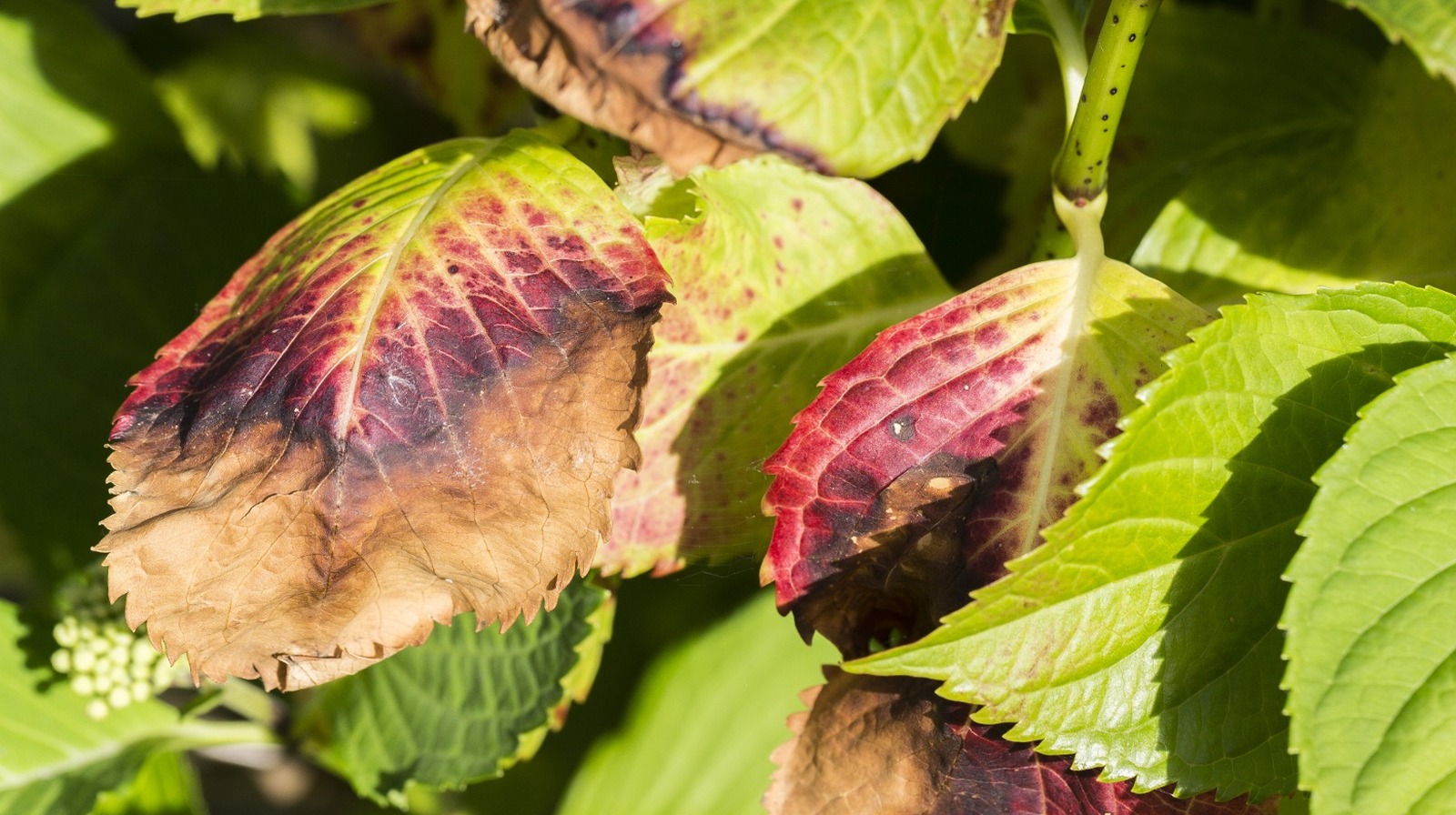Hydrangea Leaves Turning Yellow Things To Know Before You Buy
Wiki Article
Our Hydrangea Leaves Turning Yellow PDFs
Table of ContentsSome Known Details About Hydrangea Leaves Turning Yellow Hydrangea Leaves Turning Yellow - TruthsThe Definitive Guide to Hydrangea Leaves Turning YellowThe Best Strategy To Use For Hydrangea Leaves Turning Yellow
Hydrangea plants are known for their attractive blooms, yet often their leaves can transform yellow. This is normally a sign that something is incorrect and the plant requires your help. There are numerous possible reasons for yellow leaves on Hydrangeas, and fortunately a lot of them are simple to repair. Below we'll cover one of the most typical reasons for Hydrangea leaves turning yellow and how to repair them.Hydrangea leaves turning yellow can be a reason for issue. There are numerous reasons why Hydrangea leaves turn yellow, and the majority of them are easy to take care of. Let's look at one of the most common reasons that Hydrangea leaves turn yellow and how to repair them. Hydrangea leaves normally transform yellow when the plant is overwatered.
When the origins of a plant are immersed in water for lengthy durations, they begin to stifle and rot. This procedure cuts off the origins' oxygen supply, causing the leaves to turn yellow and eventually die. Overwatering can likewise lead to other issues such as fallen leave decline, origin damage, and fungal growth.
If you think your Hydrangea is overwatered, the very best service is to allow the dirt dry entirely before watering once again. It's also a good idea to inspect the drainage of your pot or yard bed and see to it that water is not merging around the plant's origins. Hydrangea plants need well-drained soil to thrive.
Not known Facts About Hydrangea Leaves Turning Yellow
Hydrangea leaves can likewise transform yellow if the plant is not getting adequate water. This happens when the plant does not obtain enough water, and the soil starts to dry out.
This is known as "plant food shed," It occurs when the plant's origins are subjected to too much plant food. Other indicators of plant food burn consist of brown or yellow fallen leaves, wilting, and stunted growth.
This will certainly help eliminate any kind of excess fertilizer from the origins of the plant. It's also a great concept to reduce the quantity of plant food you are making use of.
Fascination About Hydrangea Leaves Turning Yellow

If your Hydrangea is ravaged with insects, dealing with the plant with neem or horticultural oil is the best service. It's additionally great to remove any affected fallen leaves from the plant (Hydrangea Leaves Turning Yellow).
To stay clear of spreading out the disease, ensure Discover More Here to decontaminate your scissors prior to reducing any type of ends. Hydrangea leaves can also turn yellow if the temperature level emphasizes the plant. This typically occurs when the plant is subjected to severe chilly or warm. The fallen leaves of the plant will turn yellow and start to hand over.
If the temperature level stresses your Hydrangea, you need to move the plant to a location where it will certainly be safeguarded from the extreme chilly or warm. You can also attempt to give the plant with some partial shade if exposed to guide click for source sunshine. You can likewise attempt adding mulch around the plant base to assist manage the temperature.
The Main Principles Of Hydrangea Leaves Turning Yellow
The fallen leaves can additionally turn yellow if the Hydrangea plant has origin rot. This is typically triggered by overwatering or poor drain. When the plant's origins are immersed in water for too long, they begin to rot. One of one of the most usual root rot signs and symptoms is yellowing fallen leaves, as the fungus avoids the origins from absorbing nutrients from the soil.Examine the origins of your Hydrangea if it has origin rot. If some healthy roots are left, you can attempt to save the plant by replanting it in a new pot with fresh soil.
If your Hydrangea is heavily affected by root rot, starting with a new plant is best. As Hydrangeas age, their leaves will slowly transform yellow and brown prior to falling off the plant.
You can aid the plant by guaranteeing it is obtaining adequate water and nutrients. One check my blog possibility is that the plant is not obtaining enough water.
Report this wiki page